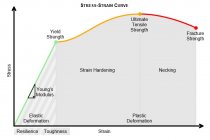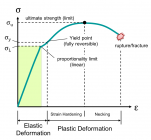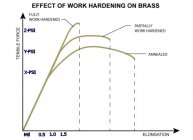I don't know enough to give definitive explanation but I'm a believer that powder has a huge part in the equation.Years ago, I tested this starting with a well tuned load for my 6PPC. The load was shooting really well in a .262 chamber. Since I had the bushings with me, I backed up to .001 neck tension, and the group went to hell. Nest I tried .002 and it got better, but was still not as good as it had been at .003. This sort of thing is so easy to test that it makes me wonder about all those who seem to prefer conjecture to what is such an easy test. I should add that 133 likes neck tension. These days I might be using .004. Other powders do not share this characteristic. In a PPC, LT32 seems to like less. .0015 to .002 would be fine.
My experience loading 123gr bullets for a 6.5cm with IMR4166, initial testest charge/seating was with a .288 bushing.
Looking to see if there would be an improvement with bushing adjustment It wound up shooting the smallest with a .286 bushing.
Moving forward I thought I'd try some SWP all case prep sizing and bullet was same, only change was powder...
It didn't pierce the primer it blew it clean out of the brass. Well the pocket was expanded enough when ejected I had to go fishing for the primer.
This unpleasant experience gave me a pretty solid conclusion that some powders like more while others like less.
Weather the cartridge involved or barrel configuration plays a role I don't know, I just don't have the experience to say.













